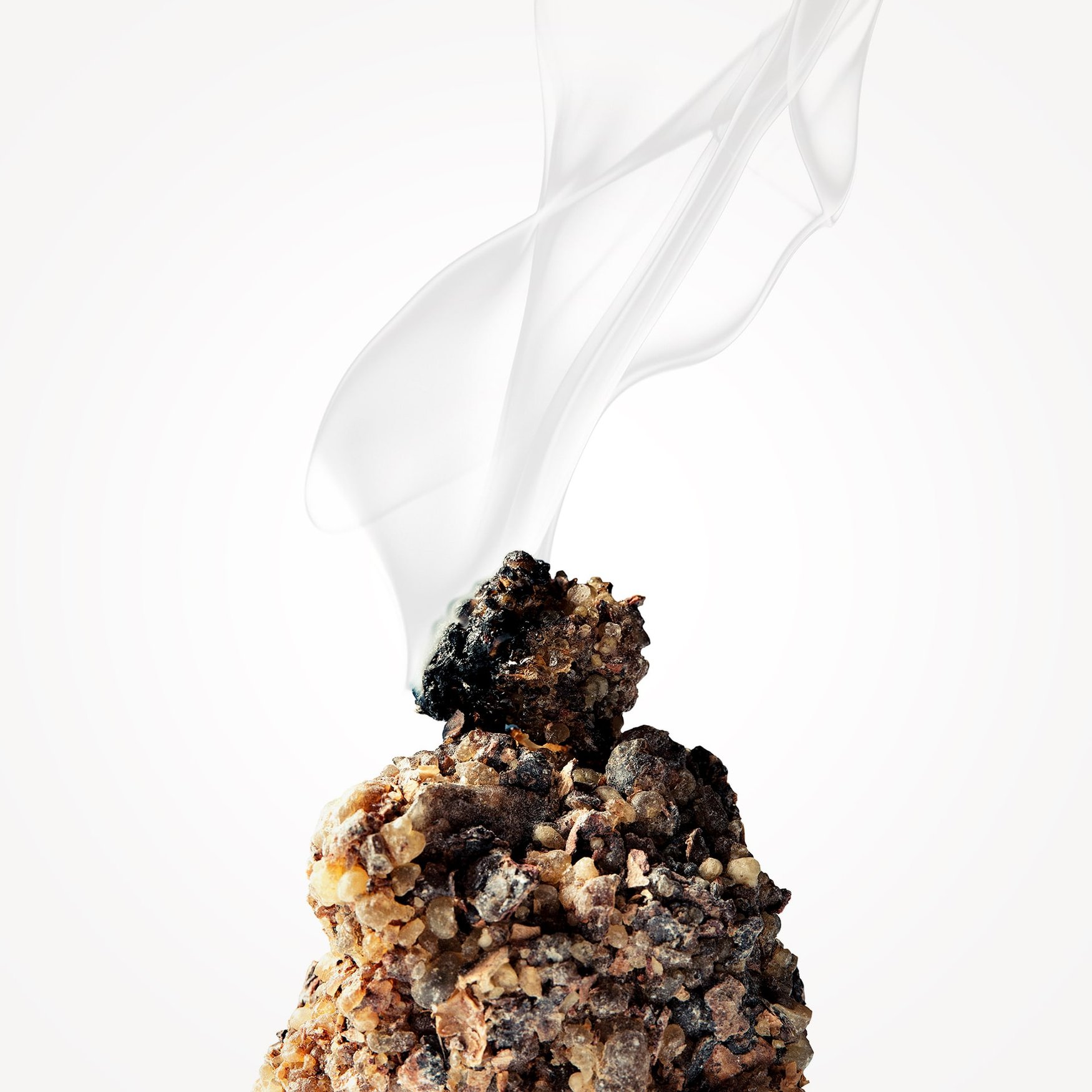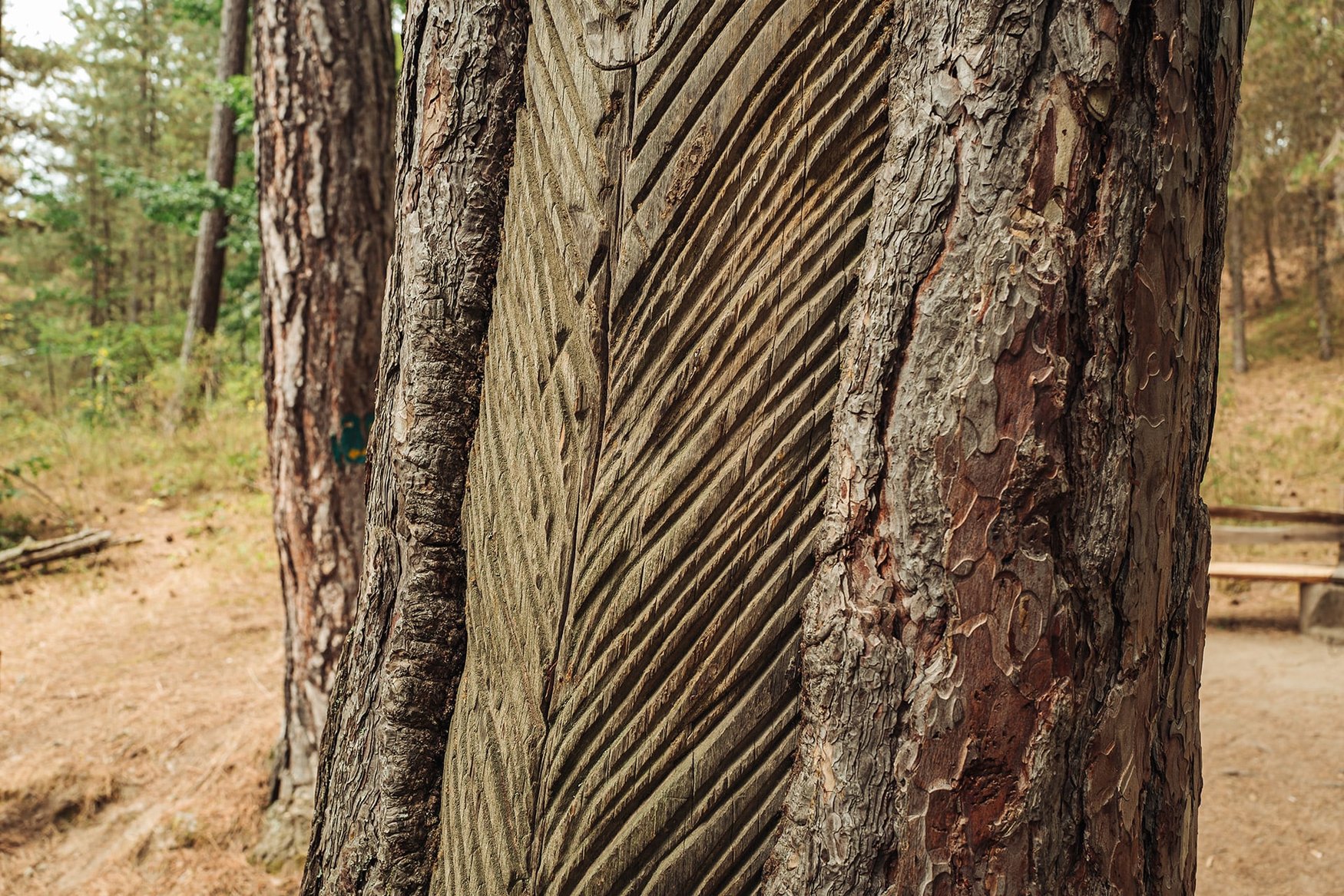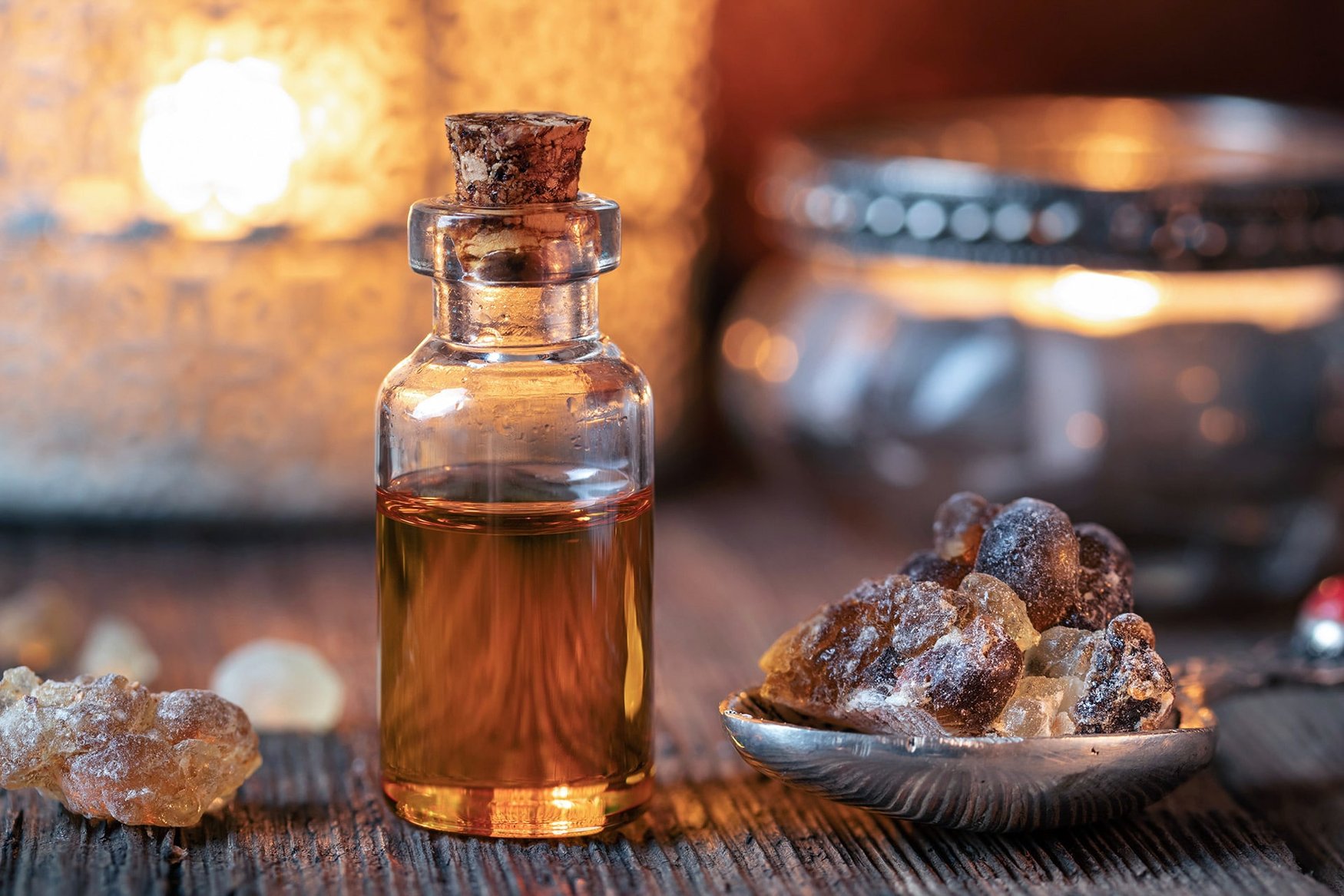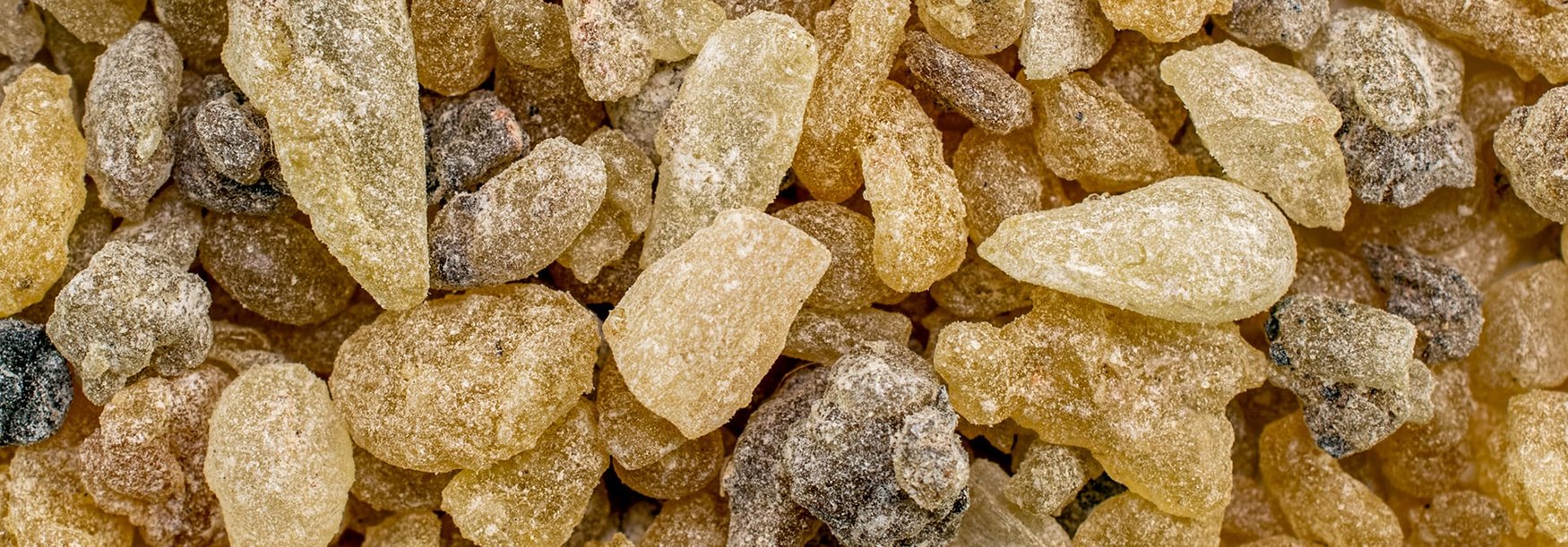Incense (Somalia)
Soft, balsamic, woody, rich, sweet and warm scent.
Warm, soft and sweet, the note of incense is used as a fixative in perfumery to add a spicy, balsamic and even lemon-scented facet to amber and vanilla accords. It can evoke notes that recall myrrh or elemi, and is generally thought to evoke a deep, rich and woody aroma.
Data sheet
- Type
- Extraction Method
- Used parts
- Natural raw material
- Steam distillation or solvent extraction
- Gum, resin





